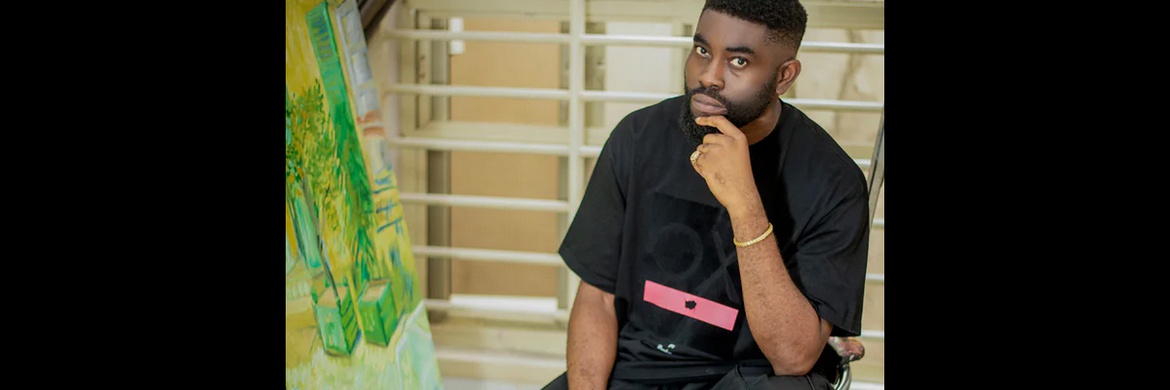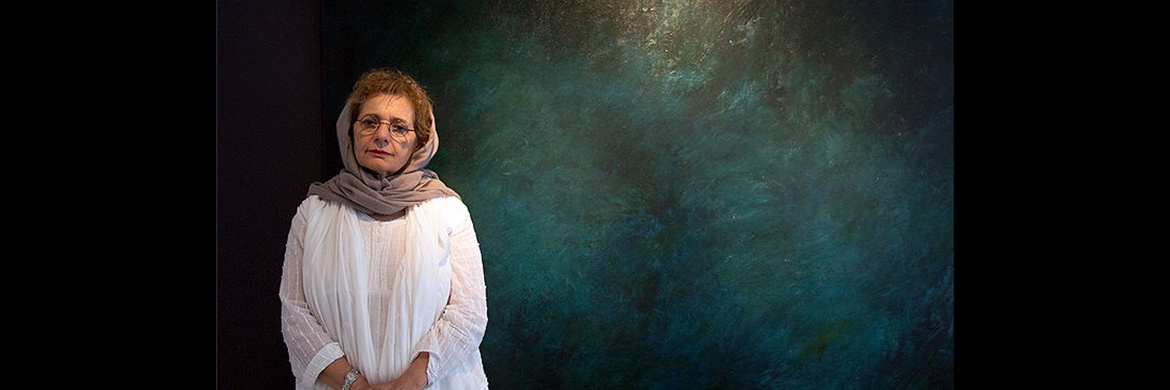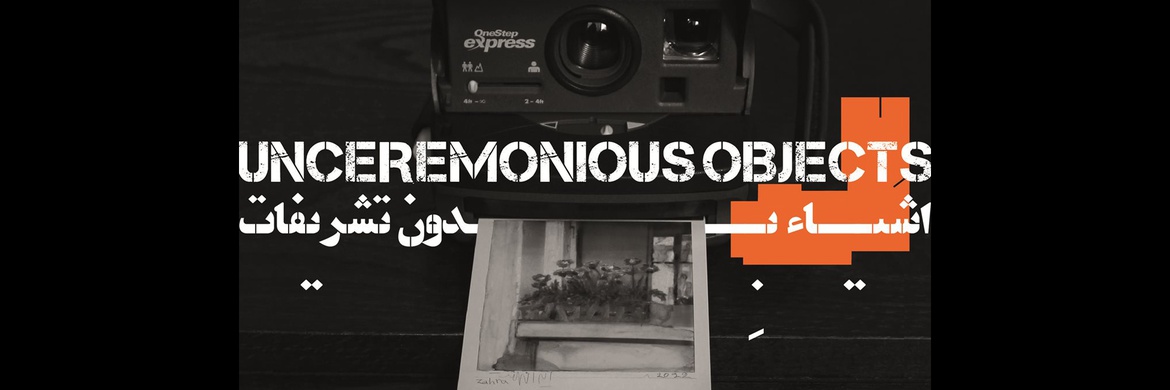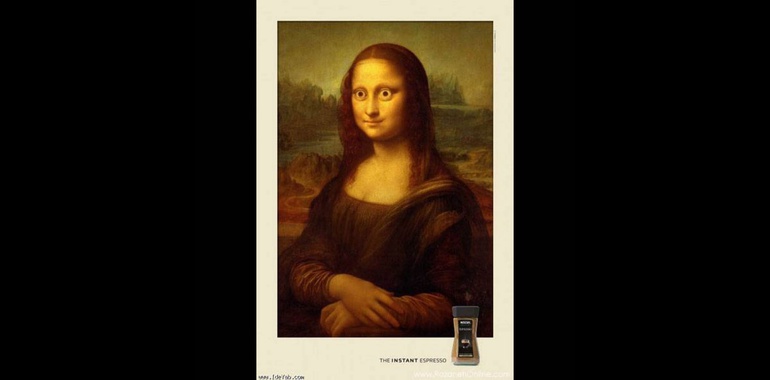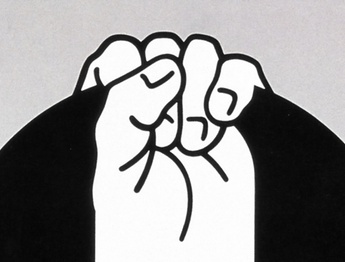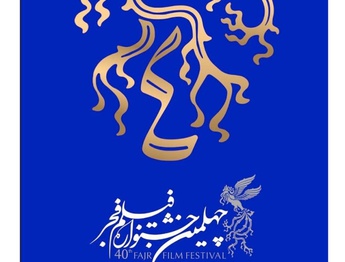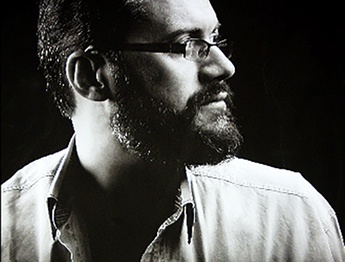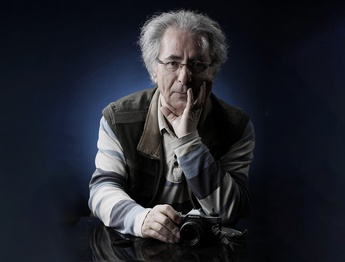What visually happens when you see a poster? In other words, what happens when the audience judges a poster beautiful and a poster ugly?
Aesthetics in art is a complex, difficult and challenging issue. Philosophers and artists have disagreed about beauty since the beginning of history, however, it is very difficult to definitively acknowledge the external existence of beauty.
In the contemporary world, the concept of beauty took on a more psychological aspect and was seen in connection with perception.
In philosophy, Kant changed the attention to beauty from object to subject. In fact, the most important difference between modern aesthetics and classical aesthetics is that in the modern era, beauty was recognized as a feature of the audience's mind, not one of the features of the work.
We may stare at a painting for hours and the details and the whole of the painting are attractive to us, but how many minutes have we stared at the best poster we have come across?! We will not stop in front of the most beautiful and best posters in the world for more than a minute or two.
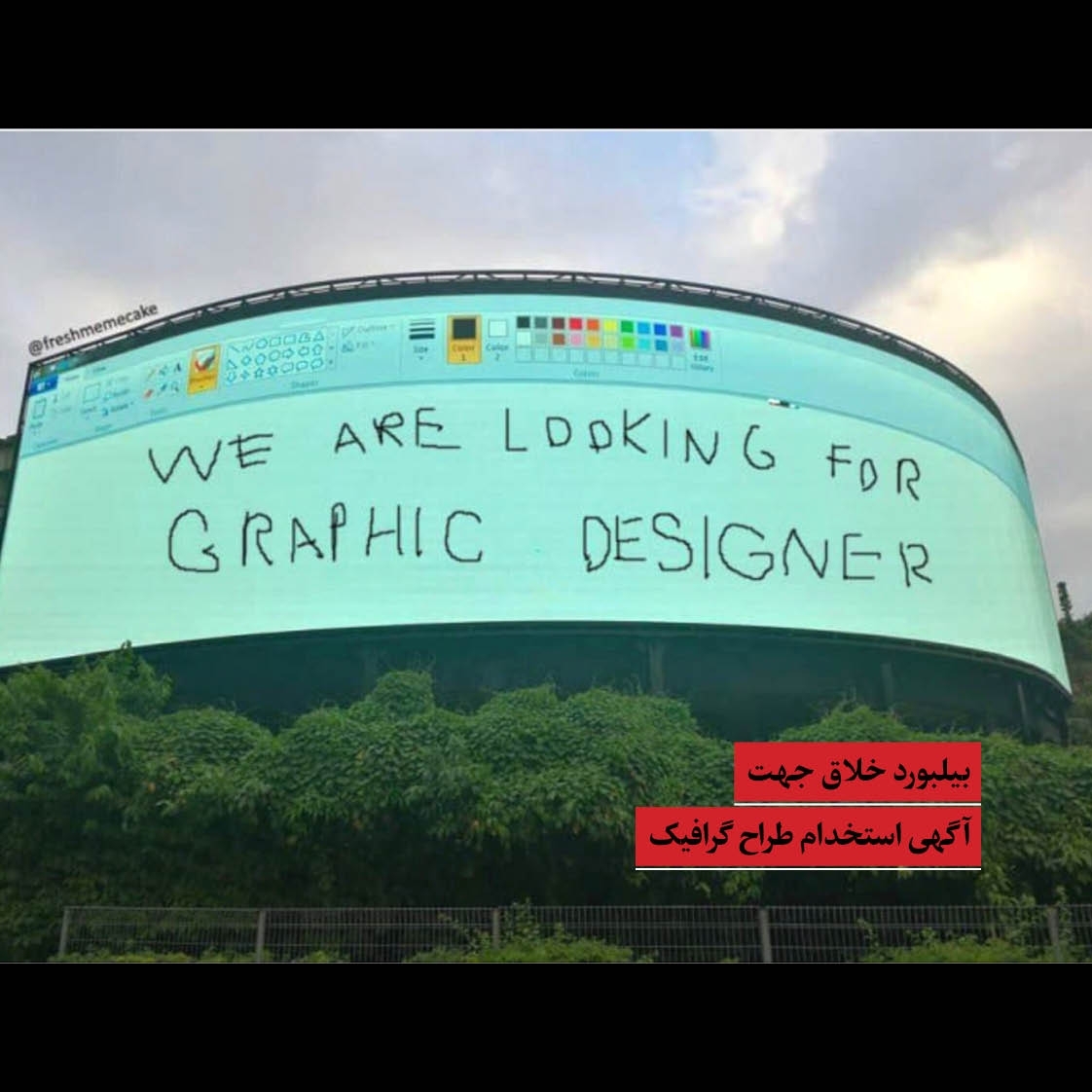
The second picture
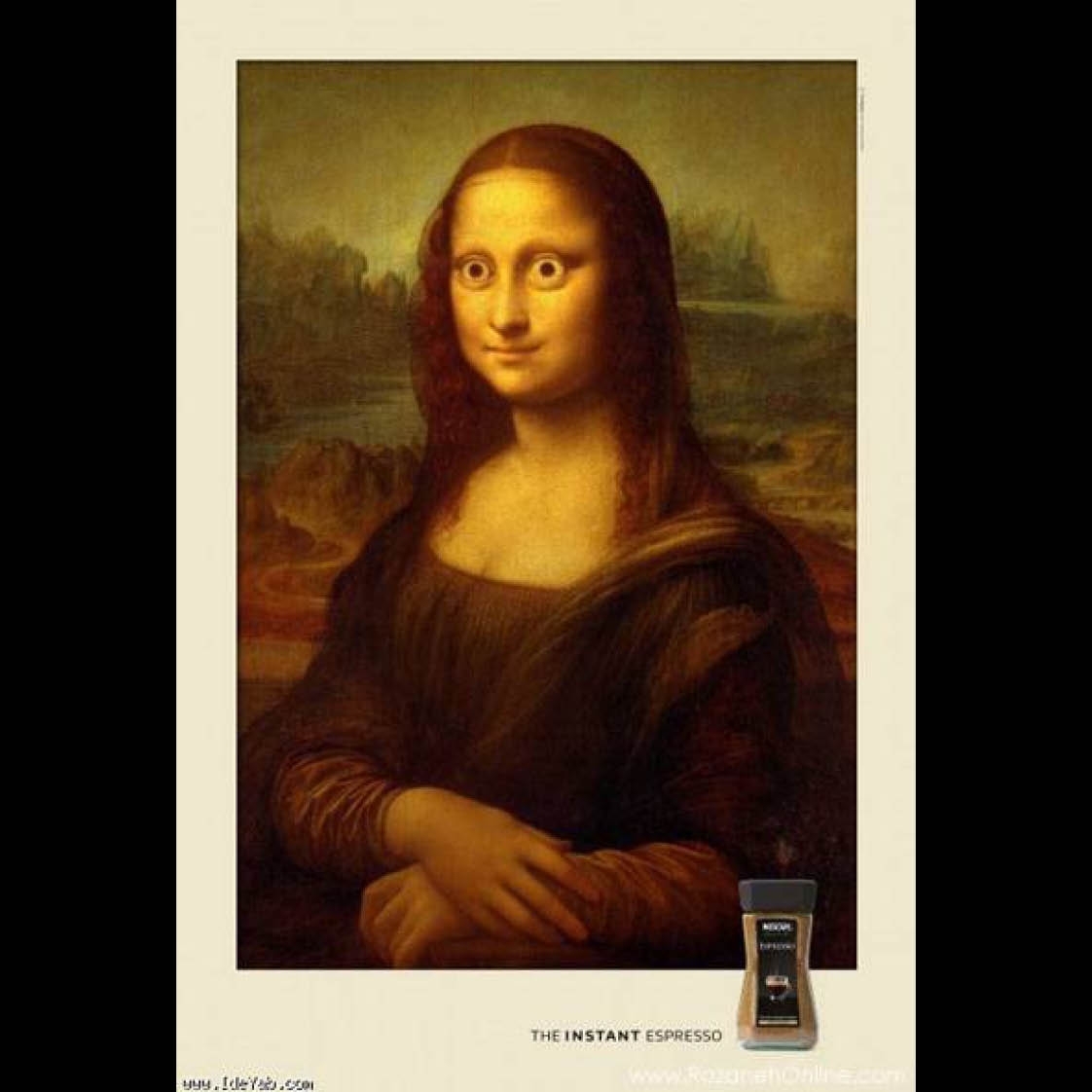
The third picture
The aesthetic process in graphic design is different from other visual arts such as painting, etc. In graphic design, neither the beauty of execution nor the details play a role. A poster with improvised, primitive and even ugly details can be the best and beautiful (second image). We can even deface great works of art and still have a great poster. (third picture). If we want to analyze this process, it should be said that in the aesthetic process of graphic design, we have two main plans that complete the aesthetic process.
In the first plan, the audience is left with a shocking idea and mischief, and with a big "why" and a puzzle in their minds (generally the first plan is the picture). The bigger the "why", the more shocking it is, and we've gone right ahead in the first step. If there is a question in the first plan or it is not an important question and does not involve the mind of the audience, the path is wrong from the beginning.
In the second plan, the audience must reach the "why" answer of the first plan, and this answer should be so sweet that a big "aha" in this plan is formed in his mind. The interval between the first and second plan should be long, remember that the audience will not give us more than one or two minutes. If in the second plan - which is probably the text and caption of the poster - "aha" is not formed in the audience's mind and the audience does not enjoy designing a riddle and discovering its answer, our poster will not be "beautiful" no matter how beautiful the illustration, execution and details are. be Pay attention to the definition of design (application-oriented).
So let's remember that we are supposed to shape these two plans in the mind of the audience, not to create a beautiful image.
Mojtaba Majlisi
